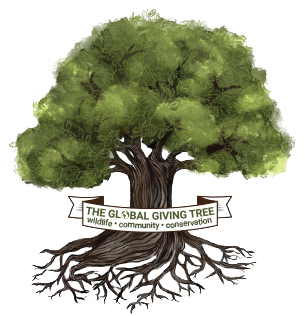Protecting the Conservancy and Wildlife
The Mbulia Conservancy is in the Tsavo Conservation Area (TCA) which is one of the largest remaining wildlife and conservation areas on our planet. It was created in 2012 in conjunction with Kenya Wildlife Service (KWS) and Danny Woodley who was the warden of Tsavo National Park at that time. It was started to provide protection and free movement for wildlife going into the Mbulia Hills from the surrounding TCA. The Mbulia hills provide vital dry season grazing as well as important minerals needed to maintain the health of the wildlife.
The TCA is Kenya’s most important Wildlife Protected area and holds the largest populations of endangered and critically endangered wildlife species in Kenya. The Mbulia Conservancy provides habitat in the form of Acacia/ Grewia Woodland for the Elephant herds during the dry season. Both wildlife populations and pastoralists use the TCA and the surrounding areas as seasonal rangelands.
Secluded Africa Kipalo Hills has been developed on Mbulia Conservancy to provide a constant source of revenue. Under normal circumstances, the conservation fees paid by all visitors to the conservancy and lodge help to sustain the operational expenditure of the conservancy, as well as donations, thereby making the entire venture very sustainable.
Our conservation partner in Kenya, Secluded Africa Wildlife and Community Trust (SAWCT) is a non-profit organization registered as a Kenyan Trust which works solely in Kenya. SAWCT has been working with rural local communities in the Tsavo Conservation Area carrying out environmental education programs with a goal of empowering the people to conserve wildlife and the environment. Its mission is to conserve the wildlife and wild lands of the Tsavo Conservation Area and promote sustainable livelihoods through environmental education and capacity building in collaboration with local communities.
The Mbulia Hills landscape is under enormous threat from illegal wildlife trade (IWT) and national development projects, both of which need to be managed to the benefit of the resident communities and the environment that they rely on for their livelihoods.
The rangers work tirelessly to protect the wildlife from poachers. They patrol the property checking for snares that are used to trap the wildlife. Currently there are 36,000 acres patrolled by foot and one vehicle. Since the COVID-19 pandemic, the country’s economy has taken a turn for the worse. The lockdown of the country has negatively impacted tourism to Kenya, which is the largest revenue source for the communities and wildlife of Kenya. This has caused a level of unemployment that has never before been seen by the country.
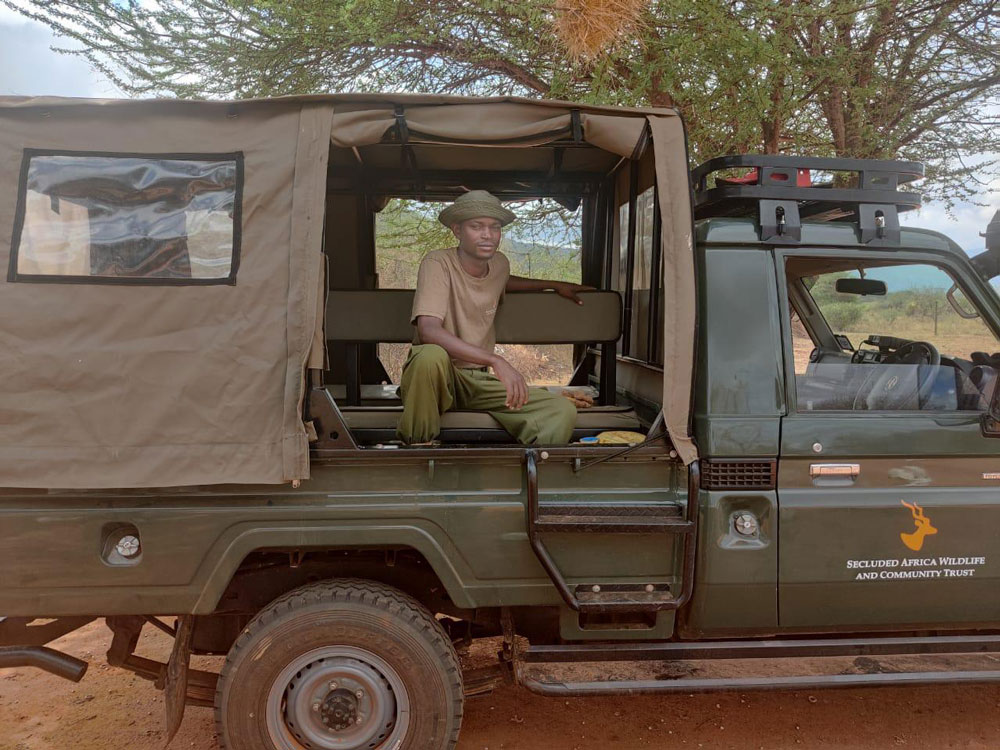
Jephason- sponsored ranger
A Ranger’s salary for one month is $150

The Global Giving Tree and SAWCT with some of the rangers from Mbulia Conservancy that patrol 36,000 acres of the protected area.
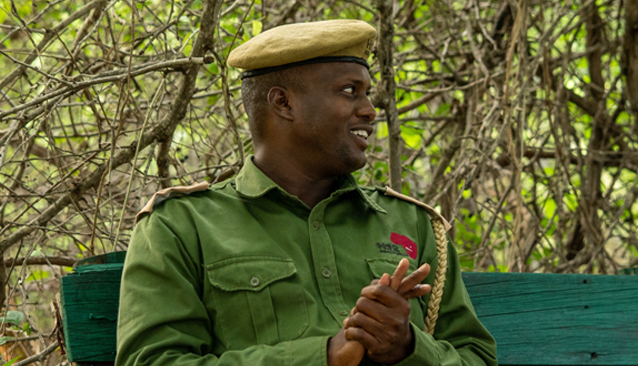
Ranger Yussuf Bonaya is 21 years –He started protecting wildlife when he was 10 years old

Zainabu from KWS (Kenya Wildlife Service)
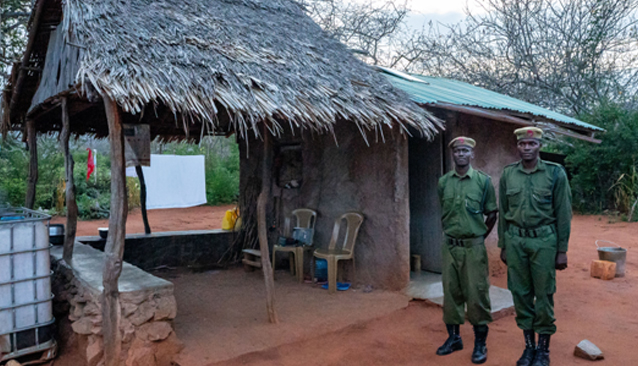
Rangers posted by the electric fence that patrol the area
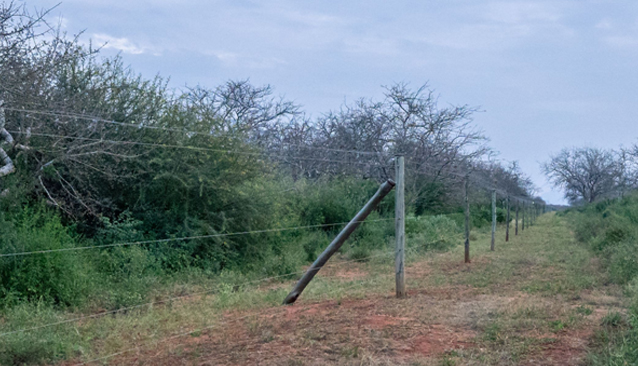
Electric fence that helps to keep the wildlife in the Mbulia Conservancy

Snares that were located and removed from the Conservancy

Zebra rescued from snare


